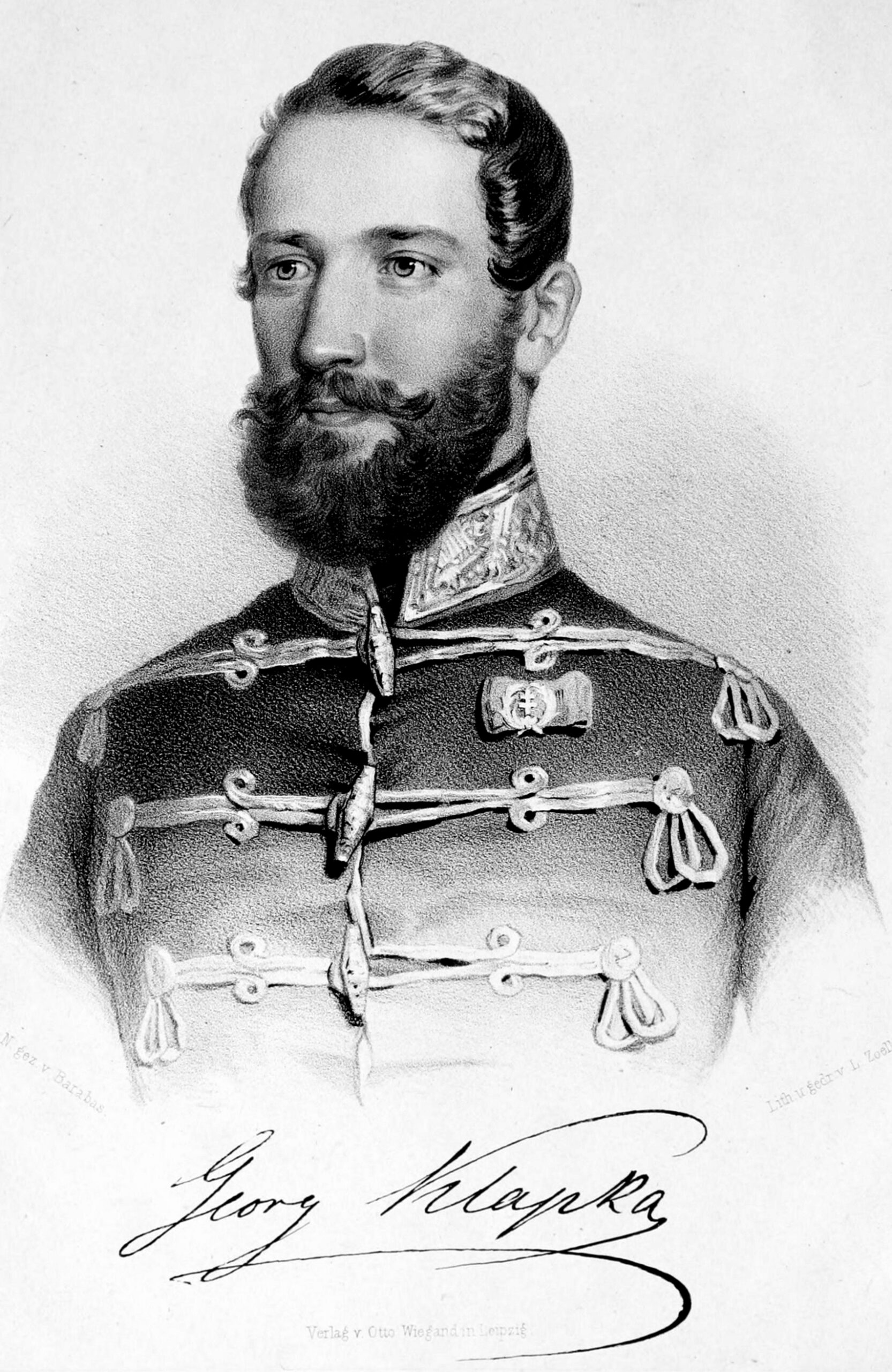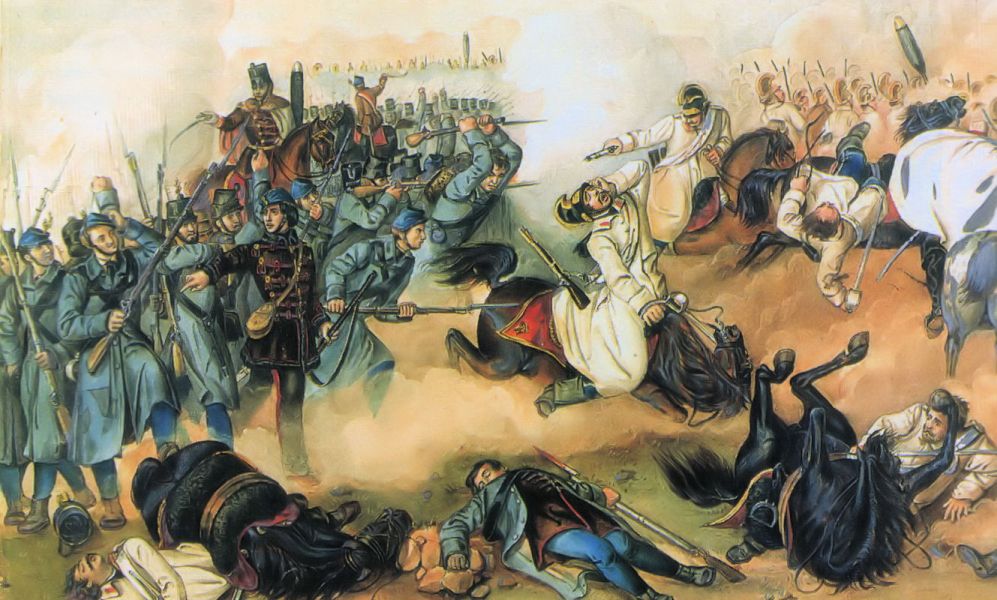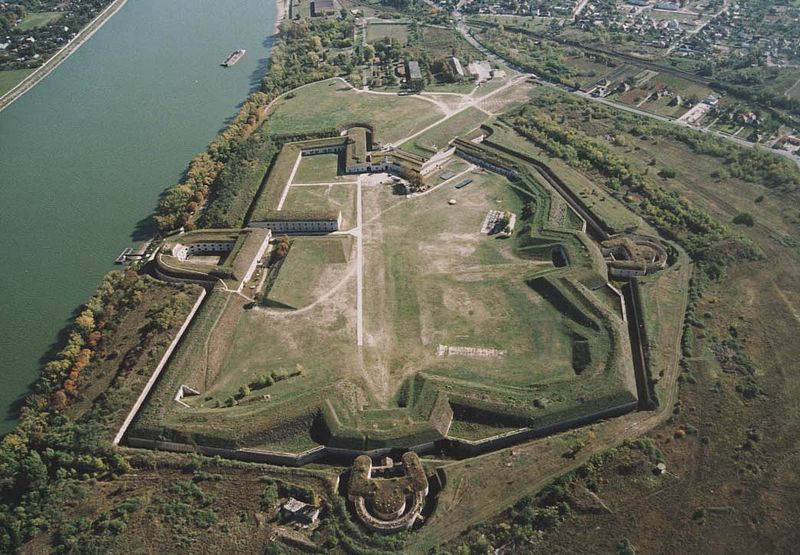The changing of fortune – Komárom
Fact of the Hungarian figure „Hungarian independence from the Habsburg dynasty„
Part of the „Revolutions of 1848″ topic
Komárom, a strategically vital fortress town on the banks of the Danube, played a critical role during the final stages of the Hungarian Revolution of 1848–49. As other strongholds fell to Habsburg and Russian forces, Komárom, under the command of General György Klapka, became a bastion of Hungarian resistance. Its determined defense symbolized the enduring spirit of the Hungarian fight for independence, even as the revolution’s fortunes waned.
After the defeat of the Hungarian main forces at Világos in August 1849, Komárom remained one of the last bastions holding out against the overwhelming might of the Austrian and Russian armies. Klapka’s leadership in the face of immense pressure showcased his strategic acumen and the resilience of his troops. Despite the hopeless odds, he negotiated favorable terms for surrender, including amnesty for the soldiers and officers, a rare and significant concession in the punitive climate of post-revolutionary Europe.
This amnesty marked a pivotal moment for many Hungarian soldiers, allowing them to escape the harsh reprisals that awaited others who had fought for the cause. Klapka’s success in securing these terms further solidified his place in Hungarian history as a skilled negotiator and a patriotic leader committed to protecting his men.
Komárom’s prolonged resistance and eventual capitulation also held broader implications for Central Europe. It underscored the complexity of the revolutionary struggles in the region, as Austria and Russia sought to suppress movements challenging imperial control. The events at Komárom resonated with contemporaries across the continent, reflecting the shared aspirations for liberty and self-determination among oppressed nations.
In Hungarian collective memory, György Klapka remains a symbol of courage and honor, and Komárom is celebrated as a site of heroic resistance. The fortress became a national symbol of defiance and strategic brilliance, and Klapka’s negotiated settlement is remembered as a rare victory in the face of overwhelming adversity. Today, the legacy of Komárom endures, highlighting both the sacrifices made during the Revolution of 1848–49 and the enduring hope for national sovereignty.







